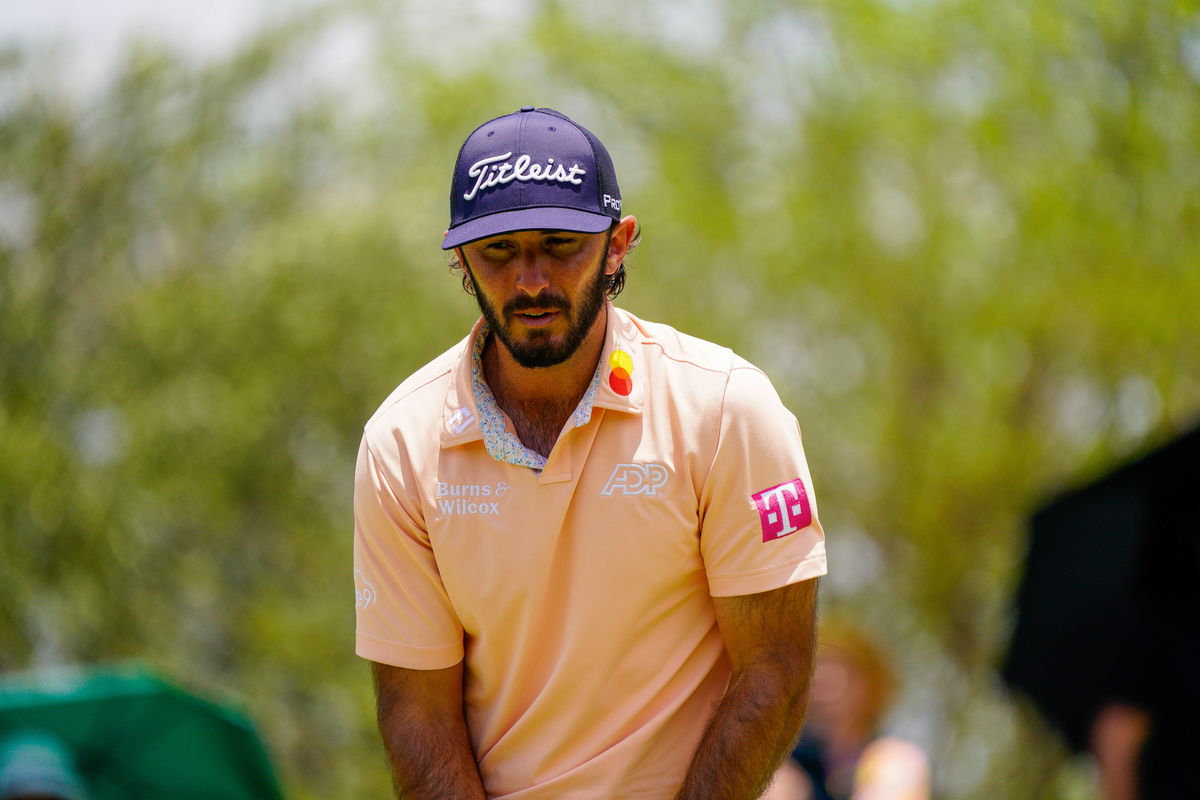
Imago
Nedbank Golf Challenge 2024 Max Homa USA on the 3rd green during the 3rd round of the Nedbank Golf Challenge 2024 held at Gary Player Country Club in Sun City, South Africa. 07/12/2024. Picture Thos Caffrey / Golffile.ie All photo usage must carry mandatory copyright credit Golffile Thos Caffrey Copyright: xThosxCaffreyx *EDI*

Imago
Nedbank Golf Challenge 2024 Max Homa USA on the 3rd green during the 3rd round of the Nedbank Golf Challenge 2024 held at Gary Player Country Club in Sun City, South Africa. 07/12/2024. Picture Thos Caffrey / Golffile.ie All photo usage must carry mandatory copyright credit Golffile Thos Caffrey Copyright: xThosxCaffreyx *EDI*
What does resilience look like in professional golf? You might think it’s Tiger roaring back to win the Masters. Or Phil’s miracle shot at Augusta. Maybe it’s a clutch putt under the Sunday lights with millions watching. But sometimes, resilience looks different. Sometimes it’s quieter. Sometimes it’s two buckets of balls on an empty range as the sun sets on another brutal day. Max Homa knows this feeling all too well.
Watch What’s Trending Now!
Picture this: you’ve just shot 76 in a major championship. Your dreams are crushed. Most guys would grab a beer and sulk. Not Homa. He called his wife first, grabbed a sandwich, and marched straight to the range. The golden twilight felt meditative as he worked through the demons of his collapse. Scottie Scheffler came and went. So did Xander Schauffele. But Homa? He kept sending balls into the darkness, one swing at a time.
Top Stories
LPGA Star Issues Statement After Being Disqualified from $2M Golf Event: ‘Disappointed’
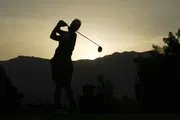
Tiger Woods Subtly Honors Late Dad Earl Woods by Announcing Special Apparel Collection

Brandel Chamblee Calls Out Special Treatment of Jordan Spieth & Rickie Fowler During PGA Tour Events
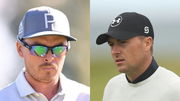
Tiger Woods’ Treatment of Caddies Set Him Apart from PGA Tour Rivals, Confesses Steve Williams
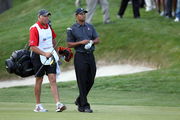
Charlie Woods Matches 34-Year-Old Tiger Woods Record Despite Turbulent Year
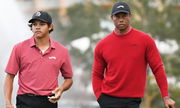
ADVERTISEMENT
Max Homa’s Bold Statement Shows Mental Transformation
This wasn’t always the Max Homa we know. Not too long ago, he was a different man entirely. He felt “broken” and “miserable” with his golf swing. Can you imagine? A six-time PGA Tour winner was questioning everything he knew about the game. But here’s where it gets interesting. After missing five straight cuts early this season, something clicked. He stopped listening to everyone else. He started trusting himself again.
That Friday 64 at Quail Hollow proved he was onto something special. It was his best major round ever. He surged to T5, just three back. For a moment, everything felt possible again. Then Saturday happened. The wheels came off. Double bogey at 11. Drive into the water at 18. Playing alongside Scheffler made it worse—eleven strokes worse, to be exact.
HOMA 🤯 pic.twitter.com/deF17YS47C
— PGA TOUR (@PGATOUR) May 16, 2025
ADVERTISEMENT
But watch what happened next. This is where the old Homa would’ve crumbled. The new Homa? He grabbed those two buckets and got to work. “It was a really hard day,” he reflected after hitting hundreds of balls. “The golf wasn’t that horrible, it piles up when it’s as hard as it was.”
Here’s what makes this story remarkable. As journalist Alan Shipnuck tried to console him about Saturday struggles being forgotten, Homa unleashed something raw and honest. “I can give two f**s what people remember,” he said with fierce defiance. “I’m gonna do it again tomorrow and if people don’t like it that is on them. I’m just trying to do my best and play well.”
ADVERTISEMENT
Those words hit different notes. This isn’t fake bravado. This is authentic self-acceptance from someone who’s been through hell. He’s shifted from caring about results to caring about process, from worrying about perception to focusing on effort. His 2025 season showcases this facet of him.
Max Homa’s 2025 Season: Complete Overhaul and Statistical Reality
The numbers tell a sobering story about Homa’s current campaign. He’s made just 5 cuts in 11 events this year. His ranking tumbled from 5th in the world to 78th. Zero top-10 finishes. Think about this transformation—eighteen months of complete reconstruction with new coach John Scott Rattan, new Cobra equipment, and new caddie Bill Harke.
ADVERTISEMENT
His season reads like a cautionary tale of ambitious reinvention. Five missed cuts including that brutal Arnold Palmer Invitational 81. The Genesis disaster (76-75). THE PLAYERS catastrophe (79-71). His approach play statistics reveal the depth of his struggles—ranking 184th in Strokes Gained: Approach with a -1.097 average, a dramatic fall from his pre-2025 mark of +0.387.
Yet breakthrough moments keep emerging. The Masters T12 through what he called “smoke and mirrors”—elite scrambling despite poor ball-striking. Then came Friday’s PGA magic, where he gained 3.2 strokes off the tee and made 100 feet of putts. After his epiphany with Rattan in Arizona, where he declared, “I think I should swing it like this,” his entire philosophy changed. “It feels more like me,” he explained, returning to familiar feels.
“I just needed to find some comfort,” he said about returning to Quail Hollow. That comfort isn’t about scores anymore. It’s about showing up authentically. It’s about not caring what others remember. The sun set that Saturday evening. Homa finally put away his tools. He’d sent hundreds of balls into the darkness, each representing another small act of defiance.
ADVERTISEMENT
ADVERTISEMENT
ADVERTISEMENT
ADVERTISEMENT

